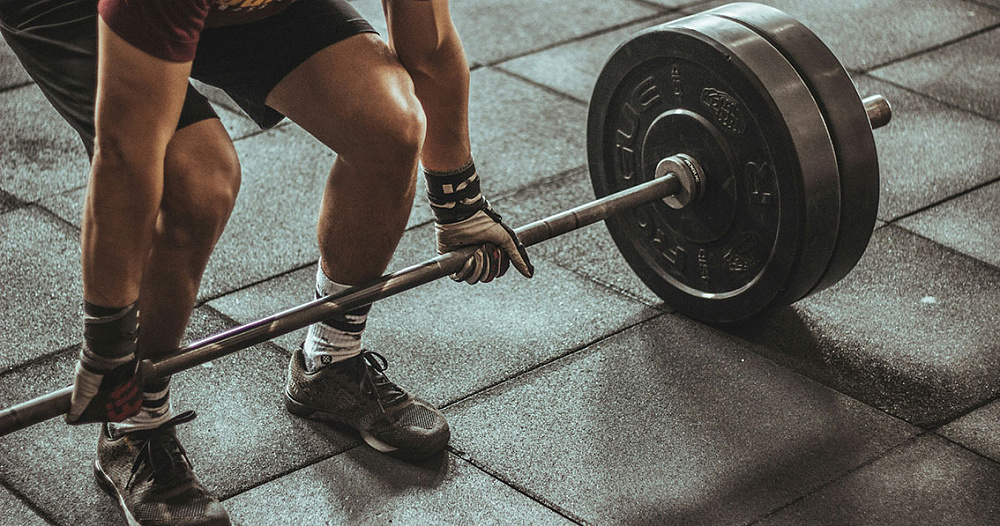In the 20th century, many shoulder diseases and injuries caused chronic pain, disability, and traumatic and unsafe surgeries were often used for treatment. But in the 21st century, medicine is changing rapidly. Now treatment is becoming more effective, reliable, and at the same time safe, minimally traumatic. Due to the introduction of new technologies and methods, doctors can successfully cope even with severe, advanced, therapy-resistant cases of shoulder diseases.
Latest shoulder treatment methods in traumatology and orthopedics
In modern clinics, both examination and treatment of shoulder joint diseases are carried out using new methods and technologies. Along with traditional methods such as painkillers, massage, immobilization, etc., others are also used:
- stem cells;
- platelet rich plasma;
- HILT therapy;
- arthroscopic surgeries;
- 3D printing of orthoses and implants.
Treatment results have also improved in recent years due to more accurate diagnostics. This has become possible due to the widespread introduction of highly accurate non-invasive studies such as CT and MRI.
Arthroscopic surgeries
Until recently, arthroscopy was considered innovative, but in recent years it has become a standard method of treating joint diseases. Medical centers that use it are no longer considered innovative. Instead, clinics that use open surgeries instead of arthroscopy are moving into the category of backwards and cannot win the competition for patients.
Doctor Waqas Javed’s Clinic in Lahore is one of the modern orthopedic centers. We constantly monitor innovations and quickly implement them into practice. Arthroscopic interventions have been performed in our center since its opening, on the basis of a good private clinic. The operations are performed by doctors with more than 10 years of experience in shoulder arthroscopy.
Features of this type of treatment:
- Opening the joint is not required.
- The intervention is performed through punctures less than 0.5 cm.
- The surgeon’s hands do not penetrate the wound, he only controls the manipulators.
- All manipulations are performed from inside the joint.
- Video camera control with illumination provides a much better overview and higher diagnostic accuracy compared to direct vision control during open surgery.
Most shoulder conditions and injuries can be treated using arthroscopy instead of open surgery, so arthrotomy (opening up the joint) is firmly becoming a thing of the past.
After arthroscopy:
- the early rehabilitation period is faster and easier;
- less postoperative discomfort;
- lower risk of complications;
- fewer scars in the shoulder area (better aesthetic result);
- lower risk of contractures, since the joint capsule and soft tissues in the shoulder area are damaged to a lesser extent.
The results of arthroscopic surgeries are no worse, and often even better, than open ones.

Application of regenerative medicine (stem cells and plasma therapy)
Restoring the irreparable is the task that regenerative medicine sets for itself. Some tissues in the body regenerate poorly or do not regenerate at all because they have a weak blood supply, and sometimes are completely deprived of blood supply, and are nourished exclusively by synovial fluid. Metabolism in such tissues is slow.
Why is cell therapy used:
- acceleration of tissue regeneration in conditions where, without stimulation, they regenerate very slowly;
- increasing the chances of successful tissue regeneration if there is no one hundred percent certainty that they will grow together at all;
- restoration of tissues or slowing down their destruction if they suffer as a result of the degenerative process.
The connective tissue structures of the musculoskeletal system must be restored faster than they are damaged as a result of repeated physical activity (in the case of the shoulder, this is usually physical labor). If the tissues regenerate faster than they are destroyed, everything is fine with them, and the person does not feel pain. This is usually the case at a young age. But after 40 years, destruction often exceeds the rate of restoration. This leads to chronic pain in the shoulder and functional disorders, and in advanced cases – destruction of the joint, degenerative ruptures of the tendons.
What can be done in such a situation? There are two options, and one does not exclude the other. The first is to slow down the destruction, for example, by limiting physical activity. The second option is to speed up recovery. This is exactly what cell therapy is used for.
In orthopedics and traumatology, two methods have become widespread as the simplest, most effective and least traumatic:
PRP therapy. Introduction of platelet-rich plasma into the problem area (into the joint, into the point of maximum pain in the tendon, etc.). It releases growth factors that trigger regeneration. Platelets are isolated from the patient’s blood.
Stromal vascular fraction. It is obtained from adipose tissue and is used as a source of mesenchymal stem cells. This procedure requires liposuction, during which the doctor aspirates adipose tissue, usually from the anterior abdominal wall. Using enzymes or a special device, the stromal vascular fraction is isolated from the adipose tissue and injected into the problem area fresh (without culturing the stem cells, without freezing them).
Regenerative therapy is still an experimental treatment method, but it is already used in some specialized centers, including the Clinic of Dr. Waqas Javed. Most often, it is used in the treatment of tendinopathies (rotator cuff syndrome, long head of biceps tendinitis) for shoulder diseases. Regenerative medicine methods are also effective in accelerating rehabilitation after shoulder injuries and surgeries and help to cope with non-union of bone fractures in the shoulder joint.
Use of custom implants and orthoses created using 3D printing
Implants and orthoses come in standard sizes or are made individually for a specific patient. They are produced in different ways. For example, a thermoplastic method is often used for insoles: when they are heated, and then the foot itself changes the shape of the insole so that it perfectly matches the shape of the foot. After cooling, the insole takes its final shape.
Implants, such as components of endoprostheses, usually have standard sizes. The doctor only needs to choose which modules (parts) are suitable for the patient. But in complex clinical situations, it happens that no standard prosthesis is suitable for a person. What to do? In such cases, a 3D printer is turned on. Using computer tomography data, any non-standard implant can be printed. For example, 3D printing can be used in endoprosthetics for patients with significant deformation of the bones that form the shoulder joint.
If you have suffered from a shoulder injury or disease, please contact Dr. Waqas Javed’s Clinic for examination and treatment. We use modern techniques that will help restore your shoulder quickly, safely and reliably.






